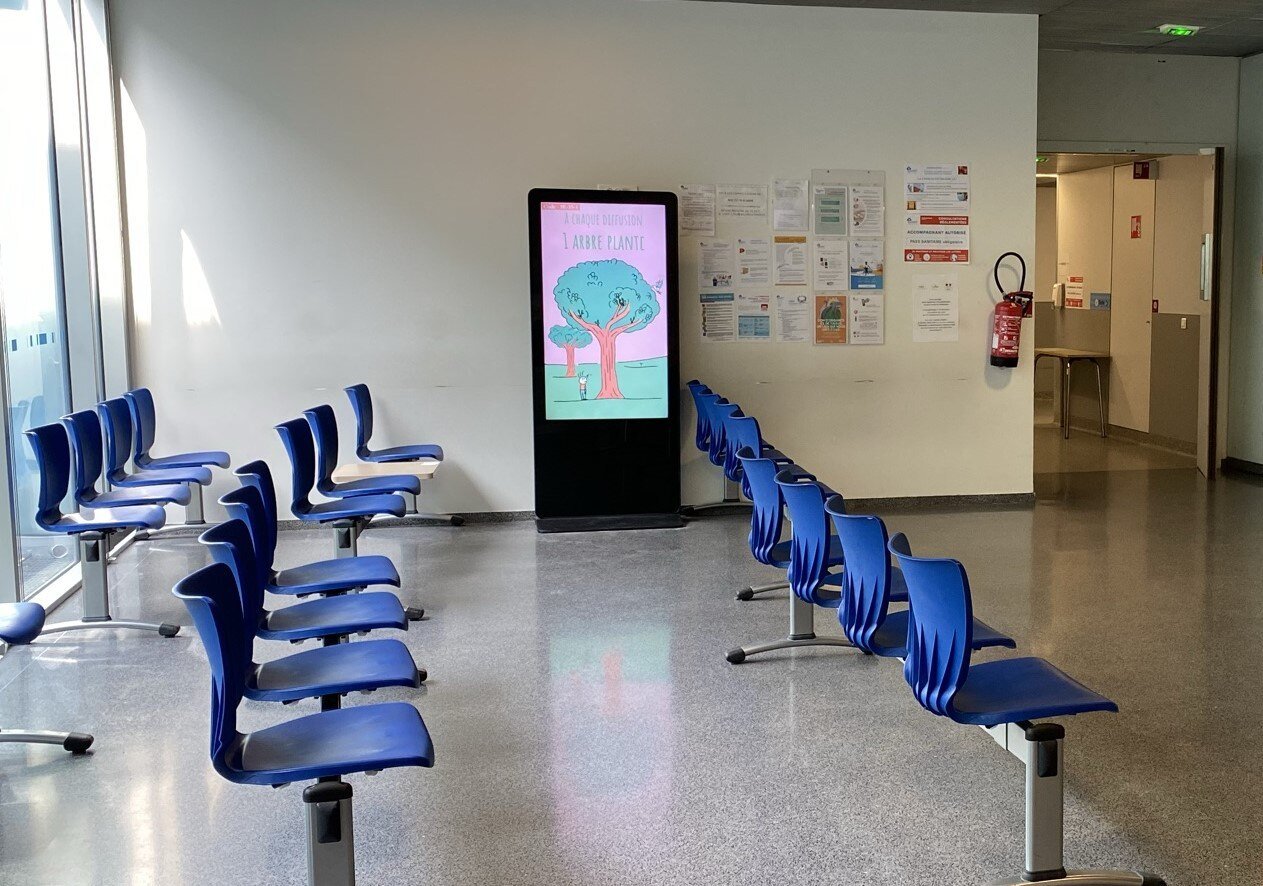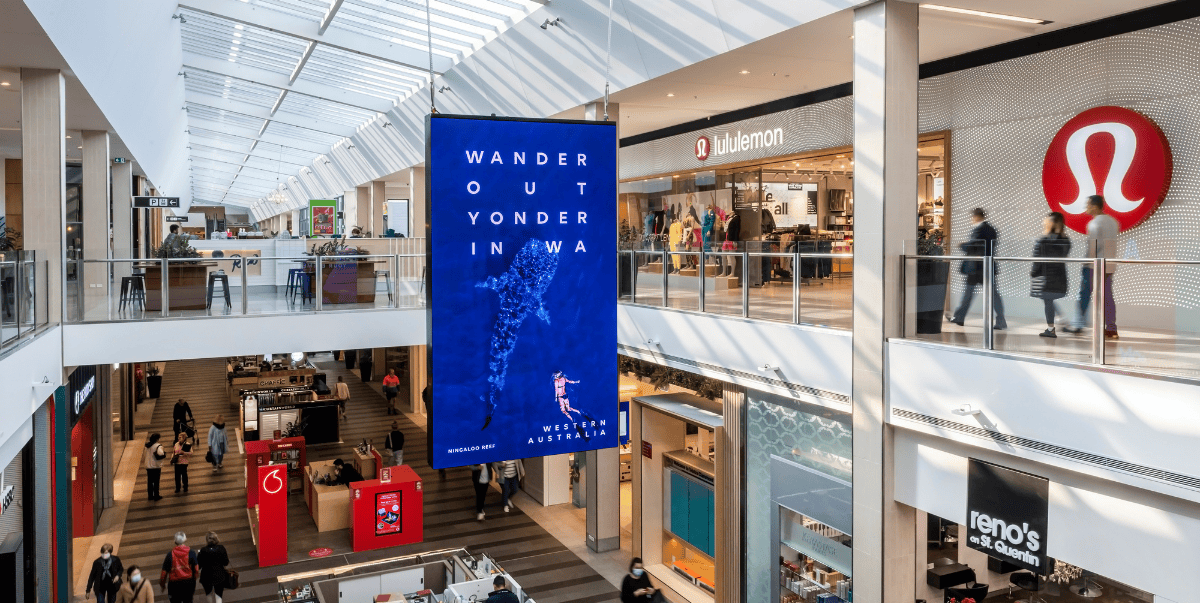
Originally published in CIOReview
The digital signage industry is experiencing an exciting growth period at the moment, with the rising interest in “smart city” projects and a resurgence of advertiser interest in out-of-home. The digital out-of-home (DOOH) market is projected to reach $26.2 Billion by 2023, largely driven by significant changes in all three of the major components of a signage network: hardware, software and monetization strategies.
Let’s Talk About Hardware
Digital signage hardware is getting cheaper, lowering the threshold for installing new networks in locations that weren’t previously covered. But even with the lower costs of individual hardware components, expanding and installing new networks are expensive endeavors, so media owners are naturally looking for ways to save money. Raspberry Pi and other low-powered hardware options offer the capability of putting up new networks with significantly less capital expenditure. However, network operators should be cautious about relying on cost-savings too much as the deciding factor in hardware decisions.
Many operators trying to save money at the installation phase find themselves handicapped down the line by hardware that isn’t reliable, breaks down often (with huge repair costs) and is limited in what can be displayed on the screen. It’s critical to balance cost savings with building reliable infrastructure that can support the dynamic content and transactions that will define digital signage over the next five to ten years.
Making Decisions on Software
When it comes to software, installing new networks (that aren’t beholden to legacy systems) again provides an opportunity to build for the future. You don’t want to be locked into a closed software system that can’t be extended as your business grows and content & operations need change. For example, there is a growing investment of digital money coming into the digital signage ecosystem. This is a huge opportunity for signage operators, but only if they can provide the capabilities that digital buyers expect, such as dynamic content, audience impression data reporting and flexibility beyond spot-in-loop inventory.
Software decisions should also be evaluated with monetization strategies in mind. How will the platform you choose support and provide demand for your advertising inventory? Some solutions provide technical monetization capabilities (through connection to a supply-side platform, or SSP), but still rely on media owners’ own sales teams to generate the demand for that inventory. Other solutions connect to outside sources of demand, through programmatic exchanges. It’s also a possibility that media owners may not think of themselves as media owners, but realize the opportunity to monetize networks and screens that do not have advertising as their core focus, such as wayfinding or informational networks. In this case, programmatic revenue can serve as a powerful means of covering network deployment costs and reducing the total cost of ownership without having to hire a media sales team or altering a network's core focus.
To successfully capitalize on the influx of investment in out-of-home over the next few years, your software needs to be able to support both direct sales and programmatic technology. Evaluate platforms on how they support your current business model and can augment through additional revenue streams.
With the influx in media spend and technological innovation in the digital signage industry over the past two years, I’ve also seen a rise in a lot of “bells and whistles” offerings. These are technologies that provide new and interesting capabilities to a signage network - such as facial recognition, Wi-Fi “sniffers”, even beacons but haven’t yet been executed in a scalable way or proven out the value of the initial investment. While these hold a lot of promise for the future, once the full use cases have been explored, I’d encourage network owners to focus first on making sure the core capabilities to support the digital future are in place. These are things like establishing persistent internet connections across all devices, and implementing API-accessible software.
The Future of Digital Signage
A crucial area that deserves the attention of all of us in the digital signage industry is measurement and verification. Currently there are several different systems available for audience measurement Geopath provides measurement for billboards, Nielsen provides a solution for place-based media, some other third-party providers are cropping up but many are expensive and not widely adopted. As the bucket of digital money flowing into OOH grows, there will also come increasing scrutiny. As an industry, we will need to provide better verification and attribution data. Traditional OOH has built a system similar to TV for providing this accountability (reach, frequency metrics, etc.) but place-based media is still quite a ways from solving this. Ultimately this will further fuel the flow of digital investment in OOH, and increase the value of digital signage inventory by proving audience reach and impact.
Finally, while programmatic technology and digital investment provides a huge opportunity for growing the advertising potential of digital signage, networks should always prioritize the value of signage within its environment. The foundational reason for any sign should be to provide something useful to people in the environment. With software available today that can support dynamic content, integrate multiple different feeds of information, and creatively display both communications, content and advertising, there are growing opportunities to provide real value to the contextual environment. This will ultimately make the advertisements on any network even more valuable, by increasing consumer engagement.
As digital signage continues to evolve, media owners need to think towards the future to safeguard their investments. While less expensive hardware and software options are enticing, investing in reliable systems up front will pay off in the long run. Installing digital signage offers a wide variety of opportunities for operators, so now is the time to seize it.
Interested in learning more about how Vistar can provide your network a full-stack software solution?



